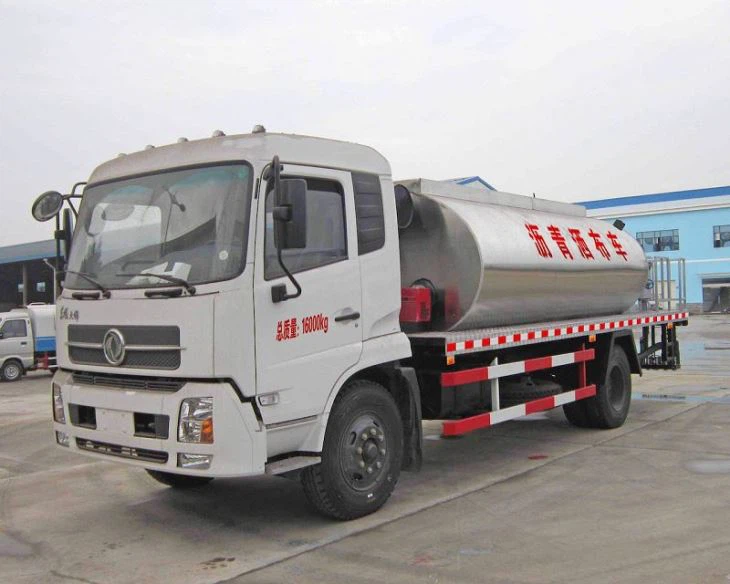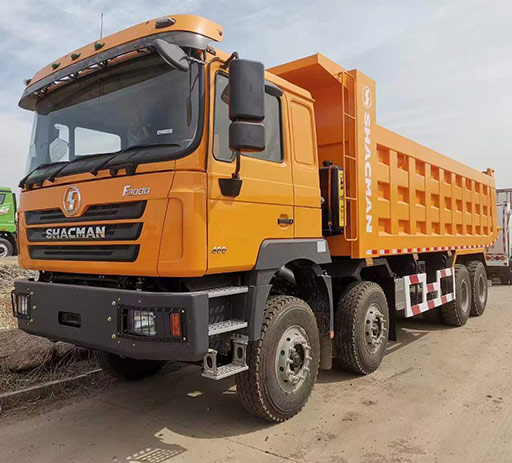Understanding the Global Street Sweeper: Keeping Our Cities Clean

Street sweepers are vital for maintaining clean urban environments. They help manage debris, prevent pollution, and enhance the aesthetic appeal of our cities. In this comprehensive guide, we will explore the different aspects of global street sweepers, focusing on their importance, technology, types, and the future of street sweeping.
What is a Street Sweeper?
A street sweeper is a vehicle designed to clean the streets and sidewalks by removing dirt, debris, and litter. These machines play a crucial role in keeping urban areas clean and safe for residents and visitors alike. Various models and technologies exist for street sweepers, each tailored for specific tasks and environments.
The Importance of Street Sweepers
Environmental Impact
Street sweepers significantly contribute to environmental sustainability by:
- Reducing Pollution: By removing litter and debris from roads, street sweepers prevent harmful substances from entering the waterways.
- Air Quality Improvement: Dust and particles can enter the air, affecting air quality. Regular sweeping helps minimize this issue.
Civic Pride and Aesthetics
Clean streets enhance the overall appearance of cities, making them more attractive to residents and tourists. A clean environment fosters civic pride and encourages communities to maintain their surroundings.
Safety Benefits
Street sweepers reduce accidents caused by debris on roads, which can lead to safer driving conditions. They also help in maintaining visibility by clearing away obstacles.
Types of Street Sweepers
Mechanical Street Sweepers
Mechanical street sweepers utilize brushes to dislodge debris into a collection hopper. These are common in many municipalities due to their efficiency in handling larger debris.
Examples of Mechanical Street Sweepers
| Model | Features | Best For |
|---|---|---|
| Scarab Minor | Compact design, easy maneuverability | Narrow streets |
| Elgin Pelican | High-capacity hopper, advanced dust control | Urban environments |
Vacuum Street Sweepers

Vacuum sweepers use suction to pull in debris and litter. They are highly effective for smaller particles, including dust and leaves.
Examples of Vacuum Street Sweepers
| Model | Features | Best For |
|---|---|---|
| Moore 3000 | Low noise, efficient debris collection | Residential areas |
| Johnston VT651 | Advanced filtration system, high productivity | Commercial streets |
Technology in Street Sweeping
Innovative Features

Modern street sweepers are equipped with advanced technologies that enhance their effectiveness:
- GPS Tracking: Enables cities to optimize routes and ensure comprehensive coverage.
- Real-Time Monitoring: Operators can track the performance and condition of the sweeper remotely.
- Hybrid Engines: Many manufacturers are introducing hybrid technologies that reduce fuel consumption and emissions.
Smart City Integration
In the context of smart cities, street sweepers can be integrated into city management systems. This allows for real-time data collection and analysis, ensuring efficient operations based on the needs of the city.
Challenges Faced by Street Sweepers
Weather Conditions
Street sweeping can be directly affected by weather conditions. Rain and snow can hinder sweeping operations and lead to increased debris accumulation.
Limited Budgets
Municipal budgets often limit the acquisition and maintenance of street sweeping equipment. Many cities must prioritize when and where to sweep based on available funding.
User Training
Proper training is essential for operators to maximize the effectiveness of street sweepers and ensure safety. Without adequate training, machinery can be underutilized or mismanaged.
Best Practices for Street Sweeping

Routine Maintenance
Regular maintenance of street sweepers is crucial. This includes:
- Inspecting and cleaning brushes.
- Checking hydraulic systems and filters.
- Ensuring all systems are functioning properly.
Scheduling and Route Optimization
Creating an effective sweeping schedule can maximize productivity. Sweeping should be done based on traffic patterns and debris accumulation, often during low-traffic periods.
Community Involvement
Encouraging community participation in keeping streets clean can enhance the results of street sweeping programs. Organizing clean-up events can empower citizens and foster a sense of responsibility.
The Future of Street Sweepers
Green Technologies
As cities move toward sustainability, street sweepers are expected to leverage green technologies, including electric models that produce fewer emissions.
Automation and AI
The future may see more automated street sweeping solutions, utilizing AI and robotics for efficiency and effectiveness. This could reduce human error and operational costs.
Global Market Trends
Market Growth
The global street sweeper market is expanding due to increasing urbanization and rising environmental awareness. As cities grow, the need for effective street cleaning solutions becomes more critical.
Regional Insights
Market trends vary worldwide. In regions with stricter environmental regulations, there is a growing demand for eco-friendly and energy-efficient street sweeping technologies.
- North America: Focus on automated systems and electric sweepers.
- Europe: Advanced dust suppression technologies.
- Asia-Pacific: Increased investments in urban infrastructure.
Frequently Asked Questions (FAQ)
1. How often should streets be swept?
The frequency of street sweeping varies based on factors such as traffic volume, location, and local regulations. Generally, urban areas may require weekly or bi-weekly cleaning, while residential areas may be done monthly.
2. What are the benefits of street cleaning?
Street cleaning helps reduce pollution, improve air quality, enhance public safety, and maintain property values. It also contributes to the aesthetic appeal of a community.
3. How can cities improve their street sweeping efficiency?
Cities can improve efficiency through route optimization, using technology for tracking and monitoring, and involving the community in clean-up efforts.
4. Are there electric street sweepers available?
Yes, the market for electric street sweepers is growing, with many manufacturers introducing models that reduce emissions and fuel consumption.
5. What types of debris do street sweepers typically remove?
Street sweepers remove various types of debris, including leaves, dirt, gravel, litter, sand, and sometimes hazardous materials, depending on the capabilities of the machine.
6. How do street sweepers contribute to urban sustainability?
By preventing debris from entering stormwater systems, improving air quality, and reducing the need for costly cleanups, street sweepers support urban sustainability initiatives.
